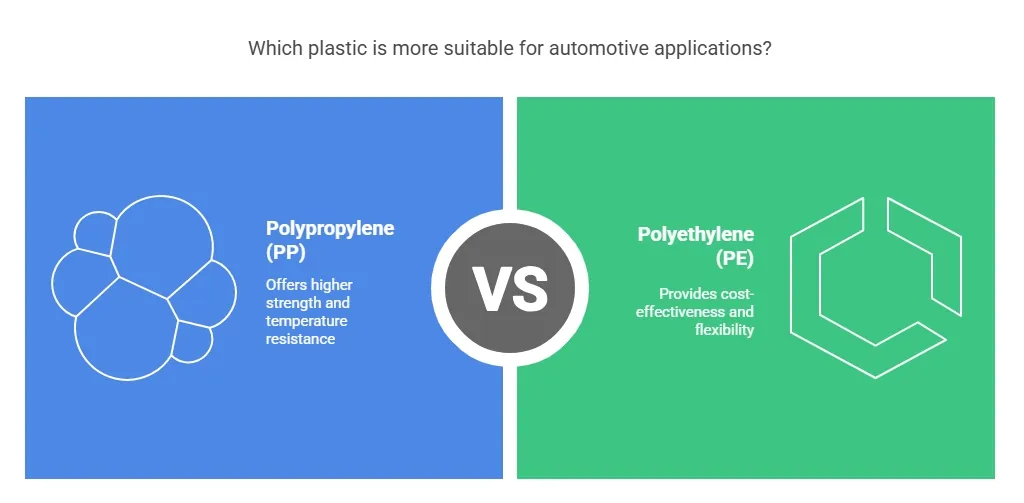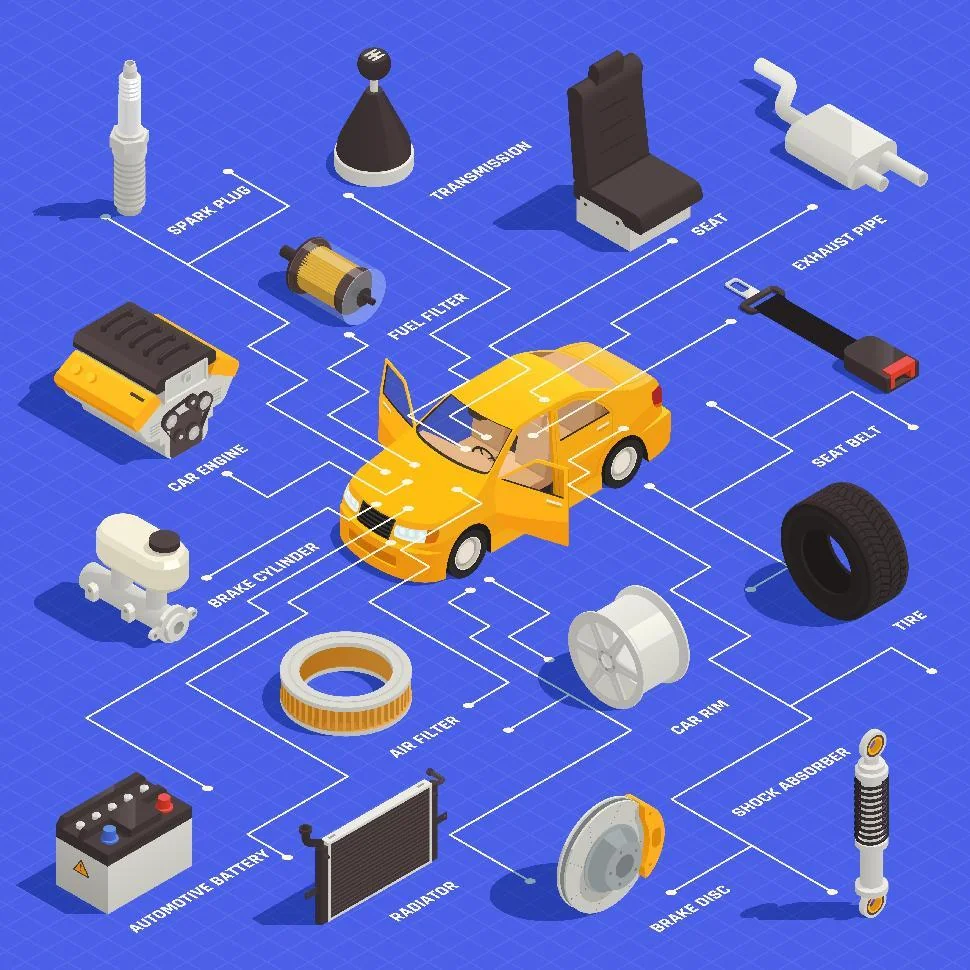Demand is always the driving force behind any business venture. Just follow the history of some of the largest companies out there, and you’ll understand how many of them came to be the powerhouses they are today. The first sign of strength is covering the demand for a product or a service in a market that always tends to expand.
In the past, any entrepreneur needed the proverbial dollar and a dream. But that only could get them so far in an overcrowded market. In an age where the internet has become the game-changer of a whole generation of entrepreneurs, many talented idea men are killing the middle man and crowdfunding their projects with the promise of innovation that could shape the future.
The good news is that we get to see some incredible ideas come to life this way. Many of these new entrepreneurs are so invested in their products that they surround their venture under the heavy spotlight of accountability. Most of these guys succeed because they dip their toes in the market using low volume manufacturing to create their niches of loyal customers.
Table of Contents
ToggleThe Stamp of Low Volume Manufacturing in Diverse Markets
If you are thinking gadgets, that’s probably something that could very well be listed within the categories of products created with low volume manufacturing. But the truth is that the real niche of the manufacturing technique is in the creation of discontinued parts or new technology that is still in the process of reaching its core audience.
As impressive as it seems, these opposites are the markets that take the most advantage of low volume manufacturing by keeping workshops busy. The medical and automotive industries are the ones who take the most advantage. The aeronautics industry also gets plenty of benefits, especially for small airlines looking for parts to keep their planes running.
Customization – Benefits and Reach
Think for a moment about how costly it would be to create a customized part to fix a vehicle that is no longer under production. In the past, this particular requirement could be fulfilled by an extremely trained professional. These days this is a bit more akin to a walk in the park since the modern manufacturing methods allow replicating any vintage piece.
The same principle happens with many medical tools that need to be tuned for specific procedures and their applications in a field that can vary from mere collectibles to special survival equipment. The cost of doing so is only a fraction of a full-scale project. Low volume manufacturing can be done at home with the right supplies and a well-equipped 3D printer.
If you are wondering what’s the extension of this technology, it’s safe to say we have barely scratched the surface so far. As new applications become readily available to the public, it’s safe to say that future could be faced with the pleasant notion that low volume manufacturing will be a mass-used procedure. Stay tuned to these changes!







